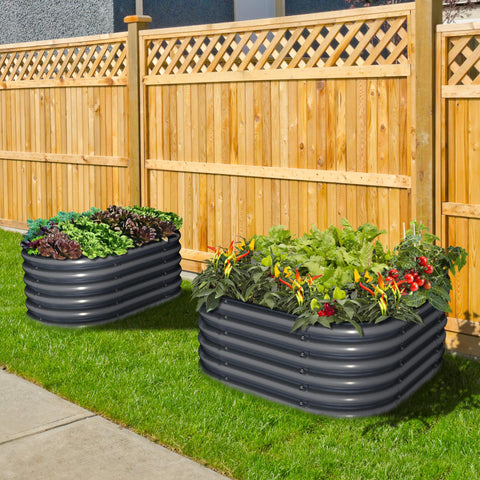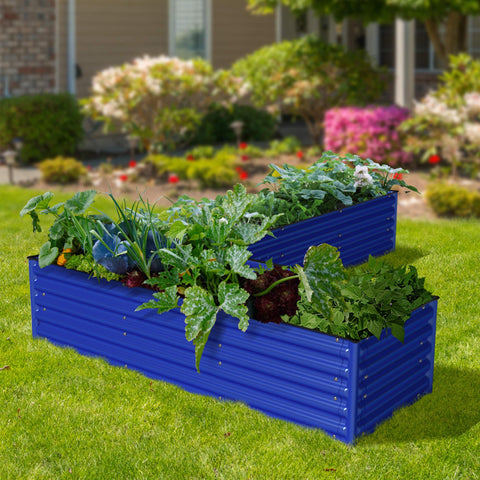How To Plant Blueberries On A Raised Garden Bed
Blueberry is a very popular fruit with rich nutritional value and delicious taste. If you want to grow blueberries at home, a raised garden bed may be a good choice. In this article, we will focus on how to plant blueberries on a raised garden bed.

- Select the location of the raised garden bed
First of all, it is very important to choose a suitable place to place the raised garden bed. Blueberry likes soil with sufficient sunshine, good drainage and PH value between 4.5 and 5.5. Therefore, it is very important to choose a location with sufficient sunlight and good drainage.
- Prepare raised garden bed
After selecting the position, you need to prepare the raised garden bed. You can buy ready-made raised garden beds or make them yourself. There are many ways to make raised garden beds, but the most common is to use wood or plastic sheets. You need to ensure that the size and shape of the raised garden bed are suitable for your planting needs, and that sufficient drainage materials, such as sand or gravel, are paved at the bottom to ensure the drainage performance of the soil.
- Select the soil suitable for planting blueberries
Blueberries need special soil to grow. The soil needed by blueberries is usually acidic, rich in organic matter and well drained. Therefore, before preparing the raised garden bed, you need to buy soil suitable for planting blueberries. You can buy ready-made blueberry soil, or mix sand, sapropel and peat to make your own soil.
- Planting blueberries
After selecting the location and preparing the raised garden bed and soil, you can start planting blueberries. First of all, you need to buy varieties suitable for planting blueberries. For raised garden beds, smaller blueberry varieties are more suitable for planting. You can choose early, medium or late ripening varieties so that you can harvest fresh blueberries throughout the summer.
Before planting blueberries, you need to wet the soil. Then, dig enough holes in the raised garden bed to adapt to the blueberry root system. Take the blueberry seedlings out of the container, gently shake off the excess soil, and then put the seedlings into the hole. Fill the soil around the hole and compact it gently to ensure that the roots of the seedlings are in good contact with the soil.
- Maintain Blueberry
After planting blueberries, you need to water regularly to ensure that the soil remains moist, but do not over-water to avoid soaking the roots. You also need to fertilize regularly to provide nutrients for plants. You can use organic fertilizer, such as fish bone meal or decomposed compost.
In addition to watering and fertilizing, you also need to trim and weed. Pruning can help plants maintain shape and increase ventilation, while weeding can reduce the number of weeds competing with blueberry plants for water and nutrition.
- Harvest blueberries
Once your blueberry plant begins to bear fruit, you can start harvesting. When harvesting blueberries, you should wait for the fruit to fully mature, and gently pick the fruit to avoid damaging the plant. You can store the fruit in the refrigerator, or make it into jam or ice cream and other delicacies.

Planting blueberries requires some special conditions and maintenance methods, but if you choose the right varieties and plant and maintain them correctly, you can successfully plant blueberries on the raised garden bed. Remember to choose the right location, prepare the right soil, choose the right variety, regularly water and fertilize, trim and weed, and harvest when the fruit is ripe. Enjoy the wonderful experience brought by the fresh blueberries planted by yourself!
